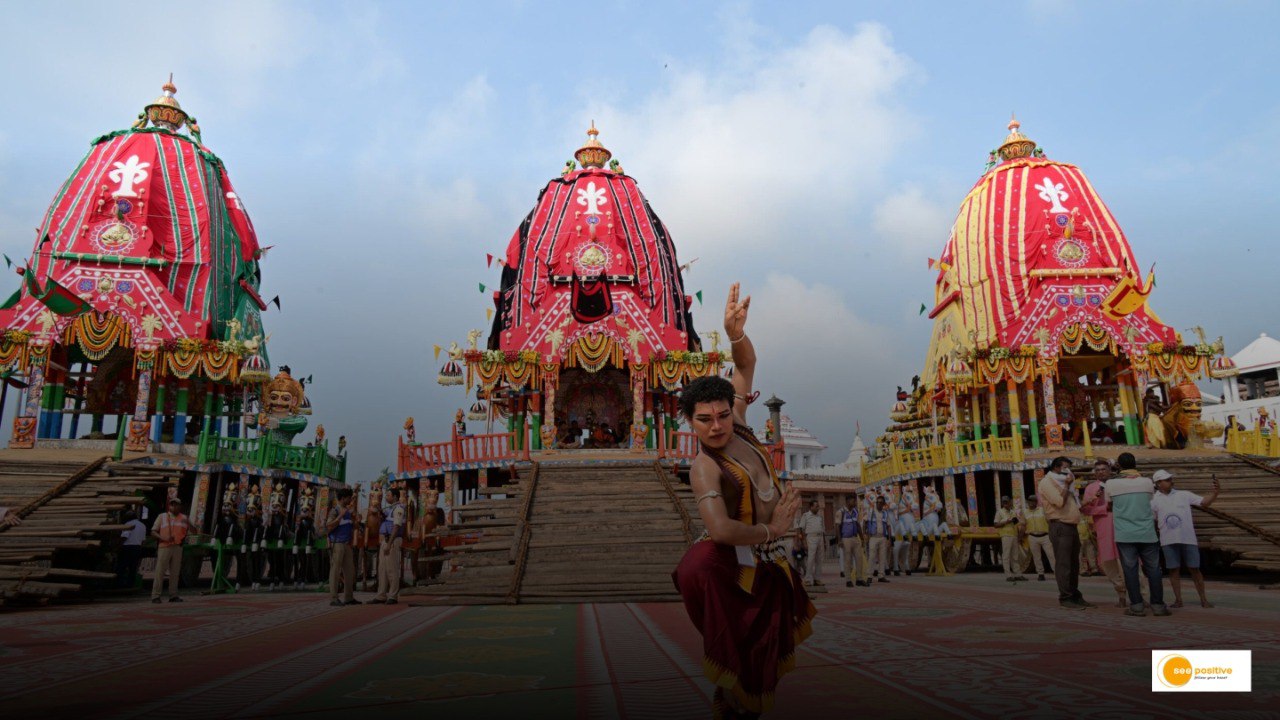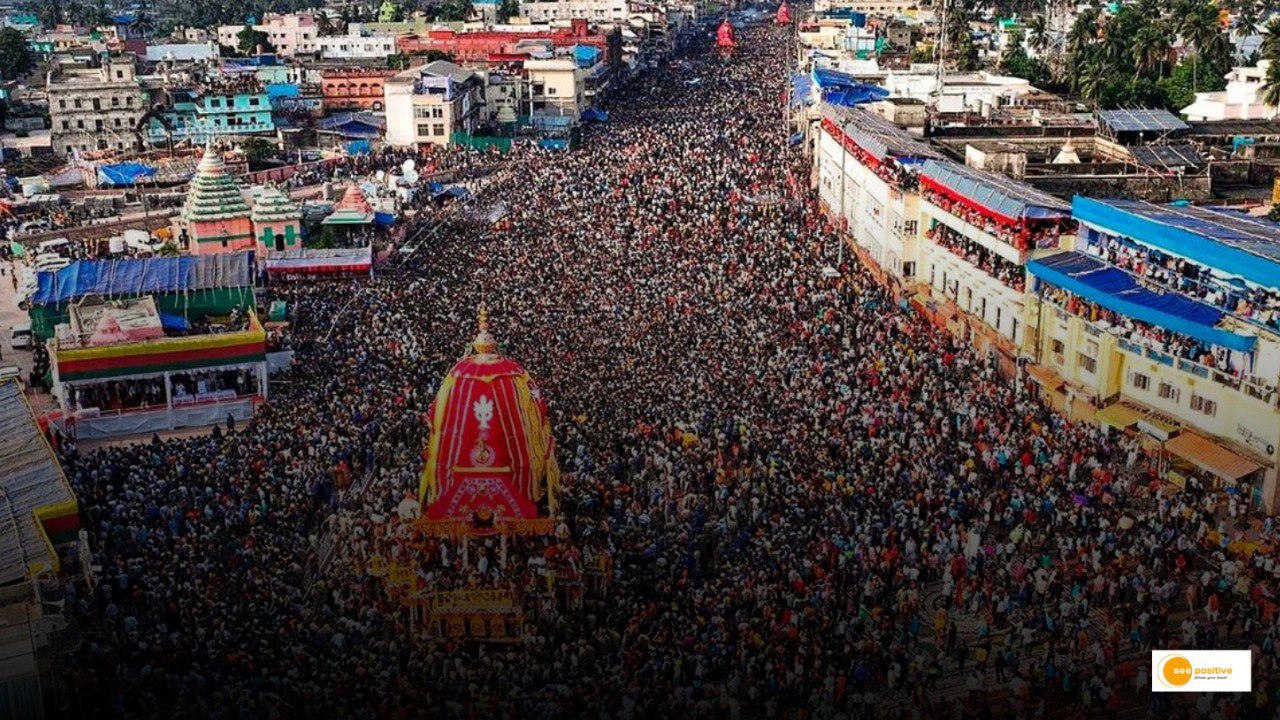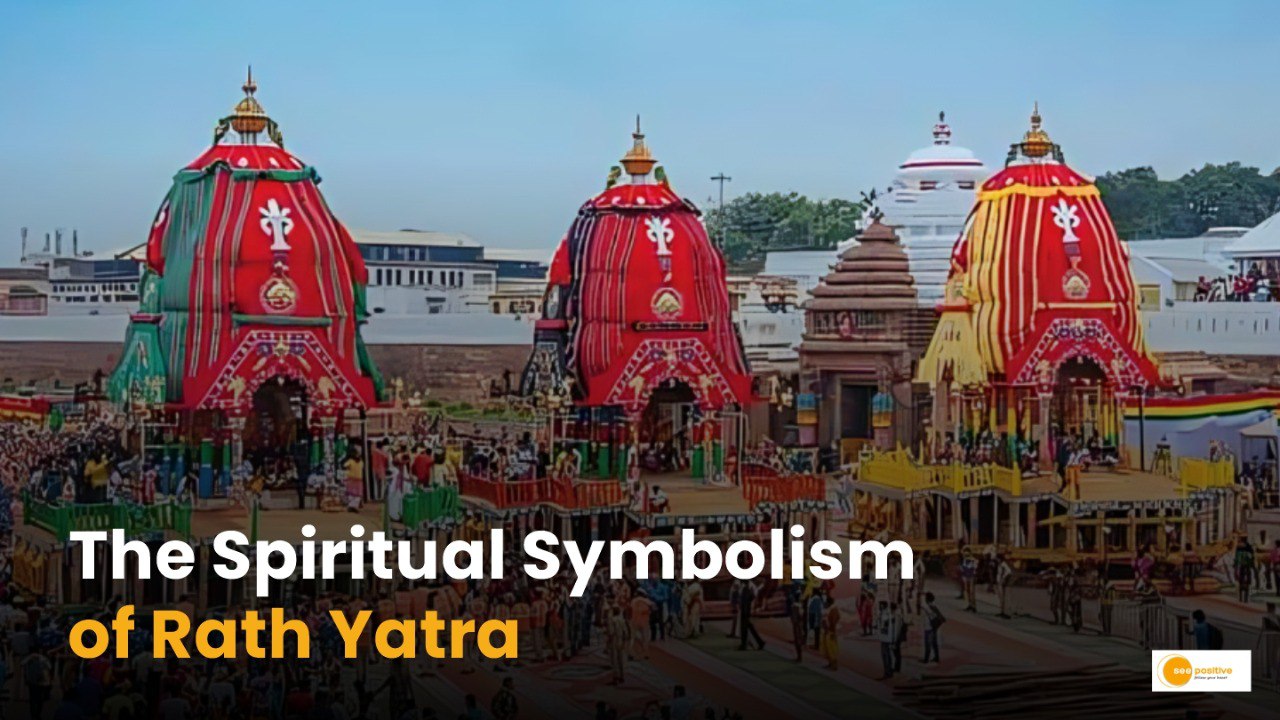Jagannath Rath Yatra: Every year, the city of Puri in the Indian state of Odisha transforms into a spiritual epicenter as millions of devotees gather to witness one of the most vibrant and ancient festivals in the world — the Jagannath Rath Yatra. This grand procession is dedicated to Lord Jagannath (a form of Lord Vishnu/Krishna), along with his siblings Balabhadra and Subhadra. It is a spectacular event steeped in devotion, mythology, and rich cultural traditions. Jagannath Rath Yatra 2025 is scheduled on 27th June.
Origins and History
The Rath Yatra (literally “Chariot Festival”) dates back over a thousand years, with references found in ancient texts like the Skanda Purana, Padma Purana, and Brahma Purana. The festival is associated with the Sri Jagannath Temple in Puri. It is one of the Char Dham pilgrimage sites — considered among the holiest places for Hindus.
According to legend, the Rath Yatra commemorates Lord Jagannath’s annual visit to the Gundicha Temple. It is believed to be the home of his maternal aunt. The Lord, along with his siblings, travels about 3 kilometers from his main temple to Gundicha in grand wooden chariots, stays there for a few days, and then returns — a journey symbolizing divine presence among the people.

Rituals and Traditions
The festival spans over a week, and the rituals are elaborate:
- Snana Yatra: About two weeks before the Rath Yatra, the deities are bathed with 108 pots of water in a special bathing ceremony.
- Anavasara: After this bath, the deities fall “ill” and are not seen by the public for about 15 days.
- Netrotsav and Nabajouban Darshan: Before the Yatra, the deities are repainted and revealed to the devotees.
- Rath Yatra Day: The main event — the three chariots (each over 40 feet tall and weighing tons) are pulled by thousands of devotees through the streets from the Jagannath Temple to Gundicha Temple.
- Hera Panchami: Goddess Lakshmi visits the Gundicha temple to demand Lord Jagannath’s return.
- Bahuda Yatra: The return journey to the main temple.
- Suna Besha: The deities are dressed in gold ornaments upon return.
The Chariots
Each deity has their own massive, intricately decorated chariot:
- Lord Jagannath rides the Nandighosa chariot (18 wheels, 45 feet tall).
- Balabhadra’s chariot is called Taladhwaja (16 wheels).
- Subhadra rides Darpadalana (14 wheels).
These chariots are constructed anew each year from sacred neem trees. It is a practice overseen by specific families who’ve had the tradition for generations.
A Festival Beyond Puri
Though the main Rath Yatra happens in Puri, the celebration has spread across India and abroad — especially in cities with significant Hindu communities. ISKCON (International Society for Krishna Consciousness) organizes Rath Yatras in cities like London, New York, San Francisco, and Melbourne, turning the event into a global celebration of Krishna consciousness and Indian culture.

Symbolism and Significance
The Jagannath Rath Yatra is rich in spiritual meaning:
- The act of pulling the chariots symbolizes bringing God into our hearts.
- It represents the journey of life, the motion of the soul, and the triumph of devotion over ego.
- The accessibility of the deities — even to those normally not allowed inside the temple (like non-Hindus) — reflects the festival’s inclusivity and spiritual openness.
Interesting Facts
- The term “Juggernaut” in English, meaning an unstoppable force, originates from this festival — a reference to the massive chariots rolling through the streets of Puri.
- During British rule, the Rath Yatra attracted considerable attention from colonial writers, who often viewed it as both fascinating and fearsome.
- The chariots do not move unless pulled by devotees, signifying divine will combined with human effort.
- No nails or metal are used in the construction of the chariots.
Conclusion
The Jagannath Rath Yatra is more than a religious festival — it’s a cultural and spiritual phenomenon that showcases India’s deep-rooted traditions, community spirit, and the universal desire for connection with the divine. Whether you’re a devotee, a tourist, or a cultural enthusiast, experiencing the Rath Yatra — even once — leaves a lasting impression of unity, devotion, and awe.


